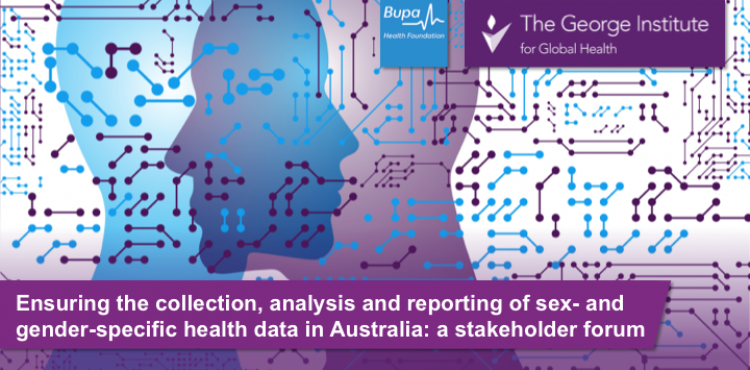3.5.3 The importance of accurate representation: gender/inclusiveness
Course subject(s)
Module 3. How: Stakeholder engagement and gender dimension
The Importance of Accurate Representation
A factor mentioned earlier in this section is the importance of achieving accurate representation of all your stakeholders and stakeholder types considering your product or process. Weak or marginalised stakeholders may have very valuable input to offer.
For example, if your innovation is engaging with a population mixed across race, religion, gender, region, age, class, sexual orientation and education, or even time-poor stakeholders, it is important that you elicit views that represent this diversity as well as consider effective ways to engage with a cross-section of the stakeholder population, which will differ across groups.
Gender is a good example of the dynamics involved in achieving accurate representation. It is critical that both male and female stakeholder representatives are involved in the process of building meaningful relations.
Partial information can lead to both a false evaluation of the results of engagement and opportunities being missed; it is crucial in such communities for companies to manage this reality, i.e. that men and women play different roles and have differential access to resources and finances, to contacts and relationships, to personal skills development, and to opportunities and power
‘For most companies, failing to consult adequately with women is not deliberate, but is a result of lack of awareness or inability to examine the issues with sufficient detail’
The following questions are designed to assist you to assess if your engagement adequately takes into consideration the perspective of women:.
- Have you actively sought out the views of women, to provide a more complete picture of potential risks, impacts, and opportunities relating to an engagement process?
- Have you considered whether the engagement process will have any effects on the gender dynamics within a stakeholder group?
- Have you considered how men and women may view the engagement process and environment in a different light, or from a different perspective, and how this could impact on achieving a balanced participation and the eventual success of the process?
- If you have collected any data on the stakeholder groups, has it been disaggregated by gender and the implications of that assessed?
- Have you clarified that the stakeholder representatives appropriately to represent the wider stakeholder group in terms of gender balance?
- Have you assessed whether you need gender-specific staff members, or staff with specific levels of expertise and experience on your engagement team, so that they can adequately facilitate situations in a way that allows both men and women to express their views?
- Have you considered how to increase the accessibility and convenience of the engagement process to more women?
- Have you considered how to increase women’s participation in stakeholder meetings? (Sometimes just having one female representative, or even a number of female representatives may not be enough, because the women may not feel empowered to contribute, or may have been already ‘assigned’ roles, explicitly or implicitly, by their male peers)
- Have you assessed whether any female-specific stakeholder inclusion mechanisms actually add to women’s ability to input into the stakeholder process or not?
Source: https://www.fundacionseres.org/lists/informes/attachments/1118/stakeholder%20engagement.pdf


Responsible Innovation: Building Tomorrow’s Responsible Firms by TU Delft OpenCourseWare is licensed under a Creative Commons Attribution-NonCommercial-ShareAlike 4.0 International License.
Based on a work at https://online-learning.tudelft.nl/courses/responsible-innovation-building-tomorrows-responsible-firms/.



